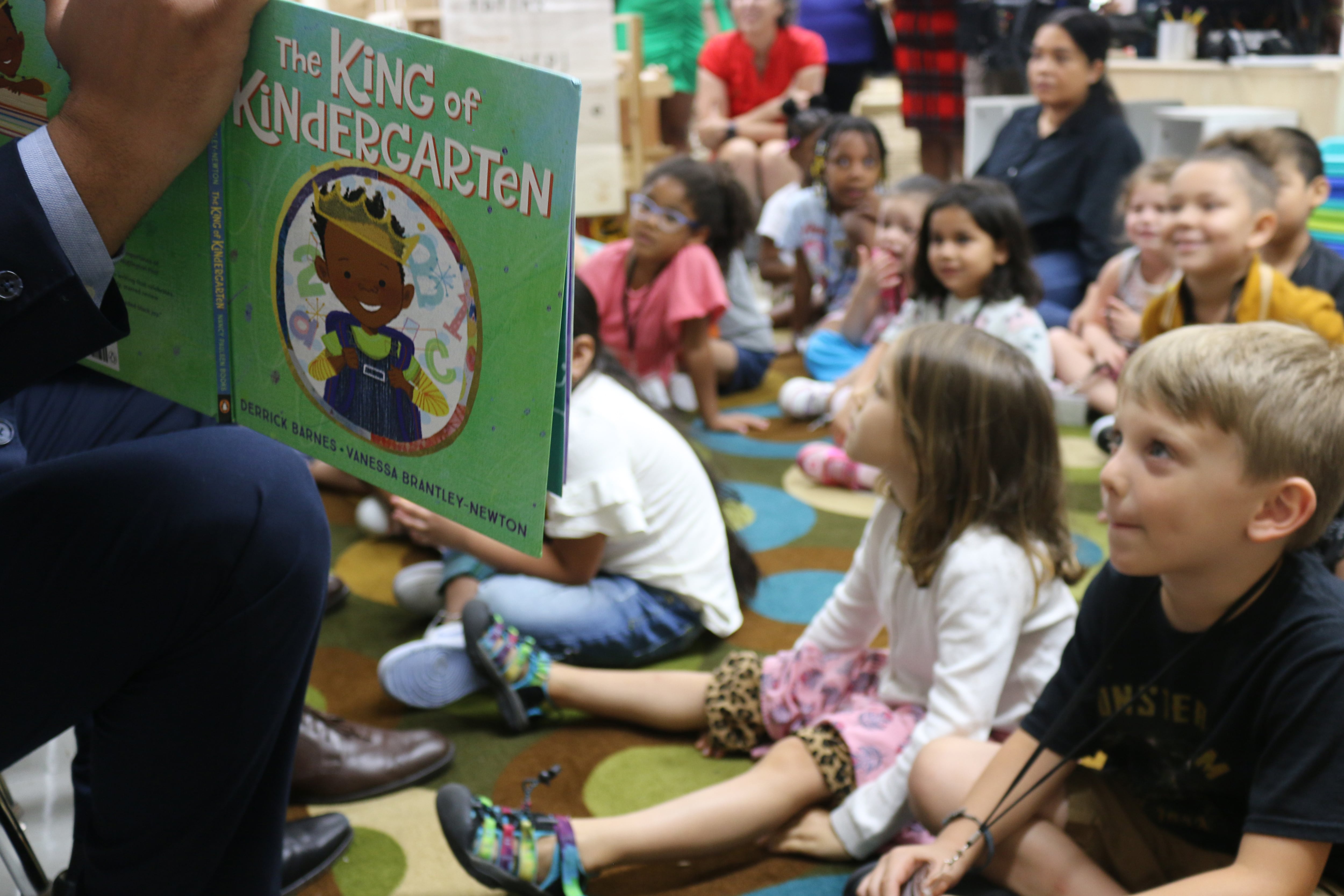Sign up for Chalkbeat New York’s free daily newsletter to keep up with NYC’s public schools.
New York City’s highest-poverty schools could experience an exodus of teachers in the coming years, an unintended consequence of a sweeping class size mandate, according to a new report.
All of the city’s public schools must limit their class sizes by 2028 to between 20 and 25 students, depending on the grade level, thanks to a new state law. But more affluent schools tend to have more crowded classes, which will require more teacher hiring.
Most of those educators will likely be new to the profession or come from schools outside of New York City. However, a significant chunk will be hired from other city schools, with a disproportionate share likely to be poached from higher-poverty campuses, according to an analysis released Thursday from the Urban Institute, a Washington D.C.-based think tank.
“Our simulation suggests that hiring for class size will create about three additional K–5 vacancies at the highest-poverty schools for each additional vacancy created at the lowest-poverty schools,” wrote Urban Institute researchers Matthew Chingos, Ariella Meltzer, and Jay Carter.
The latest analysis helps reveal a major equity implication of the new law: Higher-poverty schools, which already experience a greater degree of teacher churn, may shed even more of their educators as principals across the city scramble to find teachers to staff smaller classes.
The report also raises questions about whether city officials will roll out new policies that significantly mitigate the expected churn or address longstanding recruitment challenges at campuses that serve more students living in poverty.
“Having some turnover that results from all this new hiring — it’s potentially disruptive,” Chingos said. “Teachers are valuable members of school communities, and so there’s a cost to losing folks.”
The report does not directly assess the class size law’s impact on teacher quality at high-need schools, though one study focused on New York City previously found that better teachers were more likely to switch from lower-performing schools to higher-performing ones.
Supporters of the new class size caps point to research that shows students learn more in smaller classes, and that children living in poverty, who represent most of the city’s public school students, see outsized benefits. Reducing class sizes is also popular with many educators and parents — and is a major priority of the United Federation of Teachers.
But reducing class sizes across the nation’s largest school system is a massive undertaking. City officials estimate they’ll need to hire 10,000 to 12,000 new educators — 16% above current levels — at an annual cost of $1.3 billion to $1.9 billion. Building new classroom space is even pricier, reaching up to $27 billion. The city has yet to allocate most of that funding, the city comptroller found.
Officials could mitigate costs by seeking exemptions to the law, moving students from overcrowded schools to those with empty seats, or capping enrollment, but each of those solutions could prove controversial.
More broadly, additional resources to lower class sizes will not equally benefit all campuses. A previous Chalkbeat analysis found that higher-need schools stand to benefit the least from the new class size caps because they already tend to have smaller classes.
Chingos and his co-authors used recent trends to project how the class size law is likely to play out in terms of teacher hiring. In recent years, about one-third of teachers hired in the city’s public schools came from a different school in the system.
Once the class size law is in full effect, the highest-poverty quarter of K-5 campuses will need to hire 1,024 teachers to staff smaller classes, but will ultimately lose 762 teachers who are poached in the resulting hiring spree, according to the Urban Institute analysis.
At the city’s most affluent quarter of schools, where between 5% and 63% of students live in poverty, 1,956 additional teachers will be needed to reduce class sizes but only 292 teachers are expected to leave for other campuses. (The report shows similar trends at middle and high schools.)
Chingos stressed that the analysis represents a “rough simulation,” rather than an ironclad prediction, and assumes that hiring patterns will remain consistent. The Urban Institute report was supported by the Gates Foundation, Walton Family Foundation, and Robin Hood Foundation. (Chalkbeat receives funding from the Gates and Walton foundations.)
The Education Department has outlined plans to boost teacher recruitment in response to the class size law, including one policy that gives some higher-need campuses first dibs on teacher hiring and offers some educators a $1,000 bonus for committing early.
“The issues raised by this report are consistent with concerns shared and flagged by New York City Public Schools,” Education Department spokesperson Jenna Lyle wrote in a statement.
“Our class size plan for next year includes a range of policies designed to mitigate for this potential impact, including additional supports and hiring resources for harder-to-staff schools and an expansion of our teacher recruitment pipeline,” Lyle added. She also pointed to a new teachers contract that increases pay overall.
But the report contends that most of the city’s proposals are focused on expanding the pipeline of teachers more generally rather than addressing “root causes” of the problem — such as increasing teacher salaries to work in harder-to-staff schools, or even reducing racial and economic segregation.
For their part, the city’s teachers union did not express concern about the class size law’s impact on hiring at higher-need schools.
“Based on the UFT’s own analysis of [high-poverty] schools with space, hundreds of thousands of economically disadvantaged students in NYC stand to benefit from smaller class sizes,” UFT spokesperson Alison Gender wrote in an email. “Safeguards to protect high-poverty schools are already in the law and in the class size reduction plan — safeguards the report itself acknowledges.”
Alex Zimmerman is a reporter for Chalkbeat New York, covering NYC public schools. Contact Alex at azimmerman@chalkbeat.org.






